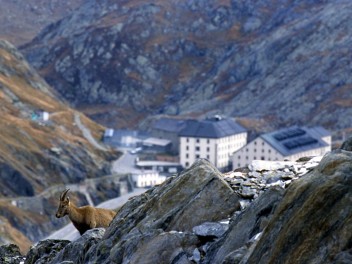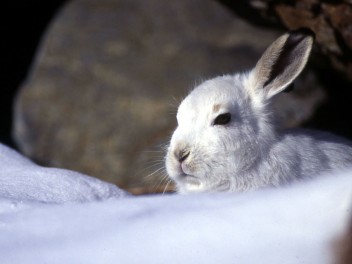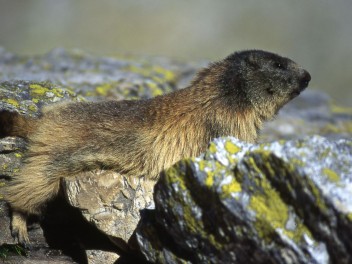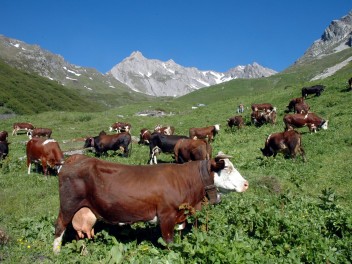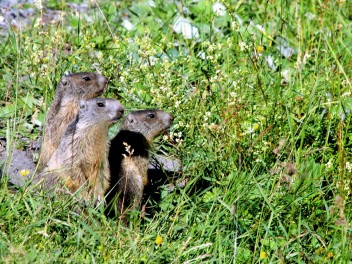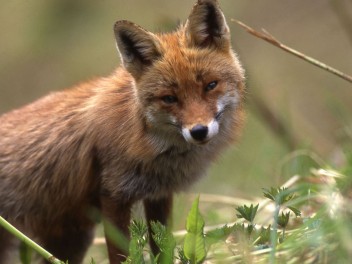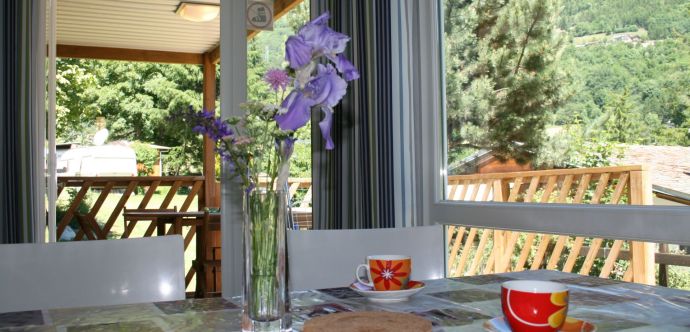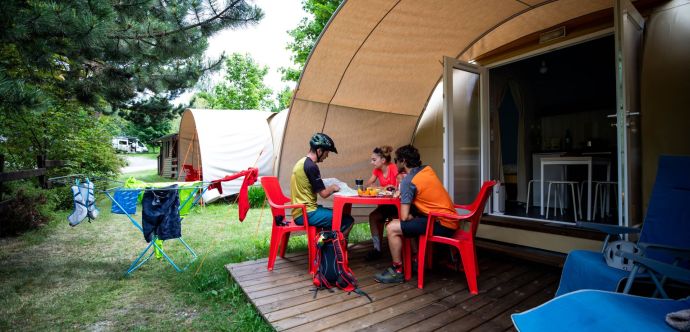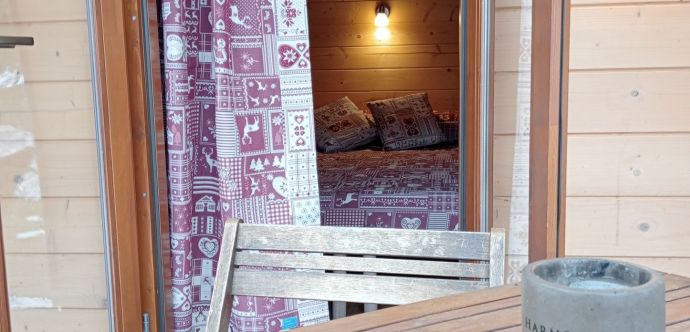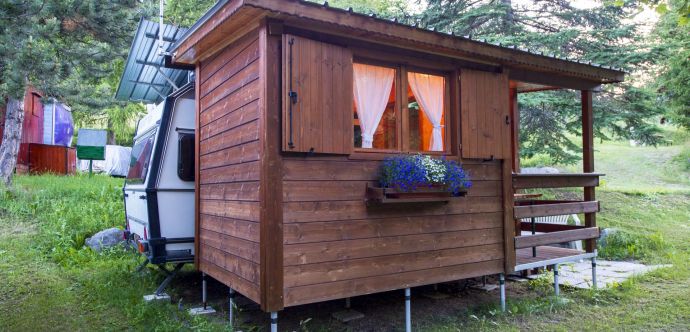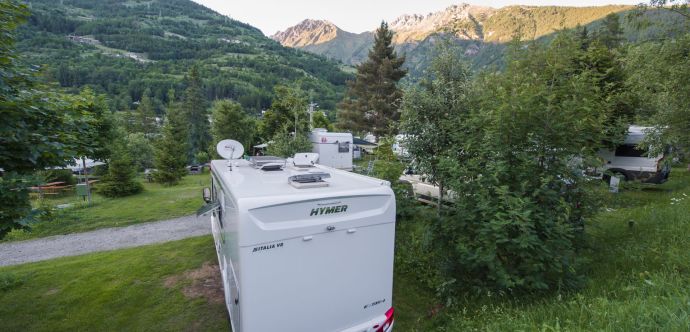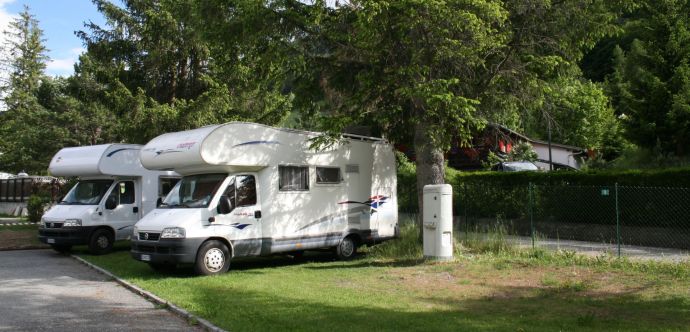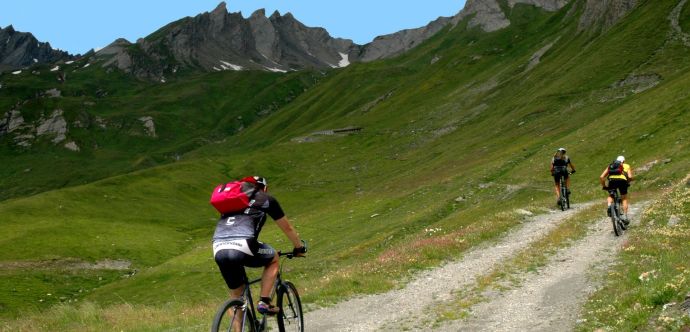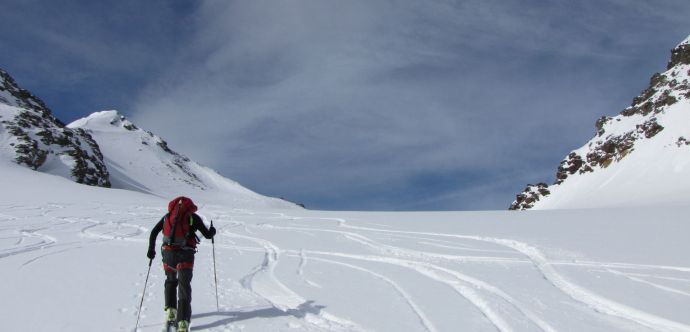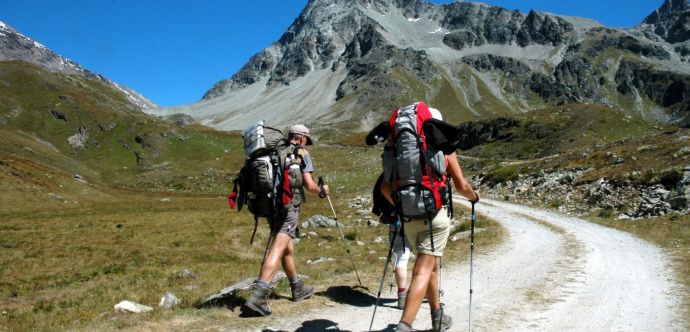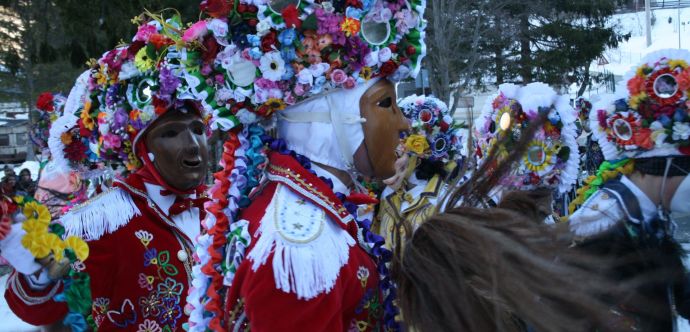The campsite is located at an ideal site for Alpine nature lovers: in fact, most of the Great St. Bernard Valley is quite intact.
The considerable altitude of the territory, the hardly reachable slopes and the careful management and protection of the territory have favored the presence of a wild flora and fauna that can rarely be observed elsewhere.
The characteristic of the place that will easily surprise the nature lovers is how simple it is to see and observe animals that are rare or difficult to spot. In the valley there is a quite big number of roebucks, deer, rock goats, chamois, marmots, jack hares, squirrels and a large foxes.
Various species of predatory birds are present and, with a bit of luck, you can see a couple of eagles circling around.
If, to spot a roebuck, is necessary to walk quite a bit and to reach high altitudes, it is far easier to spot chamois that usually walk along the valley. A small walk in the wood that surrounds the camping is enough to have the chance to see roebucks, deer, rock goats.
In autumn you may hear the din of a battle between bucks, just a few meters away from your pitch.
Excursions in the surrounding area will allow you to observe interesting varieties of Alpine flora, from the most well known, such as juniper, whortleberry or Alpine star, to the rarer varieties such as artemisia (with whom the famous Aosta Valley’s Génépy liqueur is made). But be careful because the harvest of some plants follows strict rules or is even forbidden.
Mushroom enthusiasts will be able to find pore mushrooms (Boletus edulis), Chanterelle or Golden chanterelle (Cantharellus cibarius) mushrooms. Anyone can collect mushrooms, with some limits on quantities.
Normally the harvest is generous on the fields on the sides of the camping. Nothing is better than waking up on a autumn morning, putting your shoes on, having a nice breakfast in the bar of the camping and, with basket and stick, enter into the woods to enjoy your favorite hobby, and then once back cook risotto with mushrooms.
